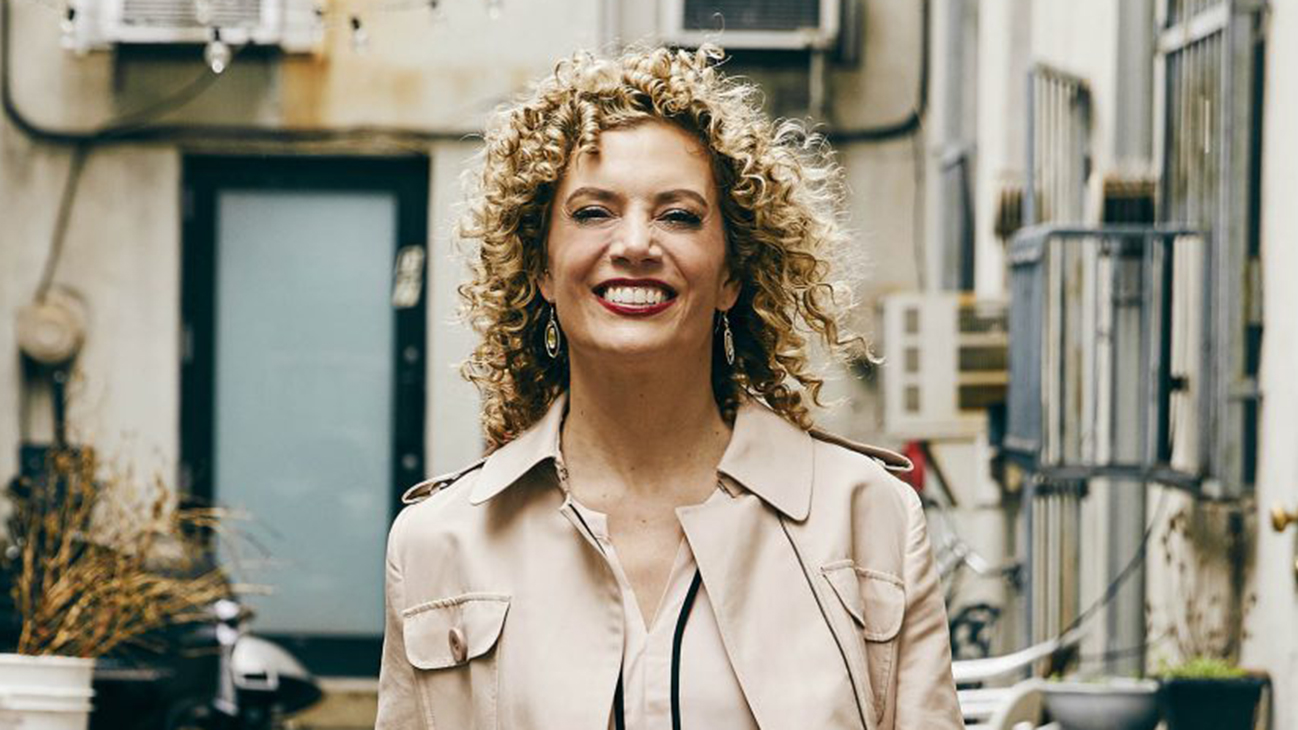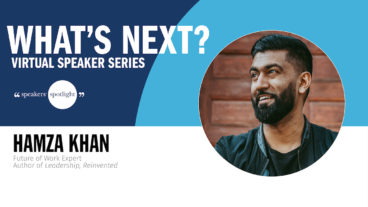Futurist thinking is now a vital leadership skill in our rapidly changing world. It not only helps organizations survive but equips leaders with the mindset and skills needed to act on the opportunities that lie within disruption.
A pioneer in the future of work, Elatia Abate shows audiences how to think like a futurist and turn trends into tangible results. When crafting presentations, she works directly with her clients to align her content with their strategic outcomes, only sharing the most applicable stories, tools, and frameworks to engage her listeners and bring ideas to life. Contact us to learn more about Elatia and what she can bring to your next event.
Pulled from her keynote, “Think Like a Futurist: How to Turn Trends into Tangible Results”, Elatia shared with us the Futurist Leaders Maturity Model. On a scale of 1-5 (with one being an ostrich and five being an eagle), it measures how developed someone is as a futurist leader.
In her presentation, Elatia walks through a series of more detailed concepts to offer a robust picture of the competencies of a futurist leader. But below is a baseline model so you can gauge for yourself where you fall within the futurist leader model.
Level 1: The Ostrich
This is the least mature on the futurist leader scale. These leaders feel a big pull to take themselves and everyone else back to “the way things were.” It’s generally categorized as fixed mindset (i.e.: “if it ain’t broke…”) and they consider themselves a subject matter expert with unquestionable experience and authority.
Level 2: The Peacock
This is the gadget leader. The person who reads all the articles, buys all the latest tech, but whose mindset is still largely fixed in how things are/were. While they are ok to explore a “new” idea, they need ample supporting research before taking the leap (i.e.: “prove it works before we try it”).
Level 3: The Woodpecker
We’re getting more mature on the futurist scale. This leader sas practice with concepts like design thinking and multidisciplinary work. They have more of a balanced growth/fixed mindset and likely spends time with creatives, but perhaps doesn’t consider themselves a creative (i.e.: “Let’s bring in the innovators and see — as long as results are predictable”).
Level 4: The Crow
This leader is already experienced in innovating with their own work and with others. They are willing to test the limits of their own comfort and belief systems publicly, often asking the question, “How might we…?” They have more of a growth mindset vs. fixed and are willing experiment with new ways to lead in order to empower their team to succeed.
Level 5: The Condor and the Eagle
This is the level a futurist leader meets. They have the capability of simultaneous strategy — being able to produce results now and incorporate future trends at the same time. This mindset allows for multiple possibilities and outcomes. They consider themselves a subject-matter student. No matter how much they know on any given topic, there is always more to discover leaving them asking “what else is emerging?”
What Now?
So, are you an ostrich or an eagle? Wherever you find yourself on the scale, Elatia says this is simply an invitation to reflect on where you are and where you want to be. Do you need to learn more? Unlearn something? Mentor someone? Be mentored?
It’s important to note that Elatia chooses not to include the Velociraptor in her model, because she doesn’t believe any of us are dinosaurs. “As we look to the future,” she says, “no one wants to be mighty yet extinct.”
This model is part of a much larger ongoing project exploring leadership for the fourth industrial revolution — the Quantum Revolution. If you’d like to develop your own or your team’s capabilities on these topics, contact us to learn more about Elatia and how she can help your team prepare for the future of work.




